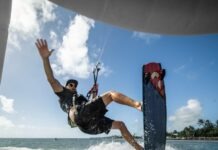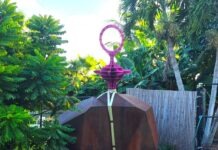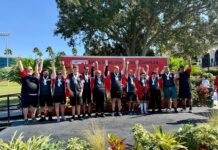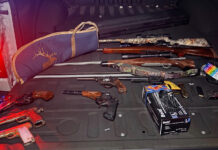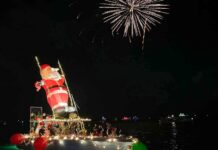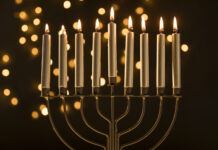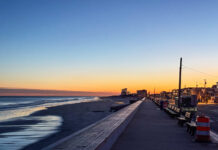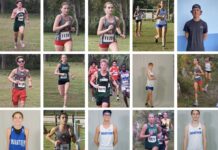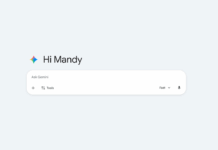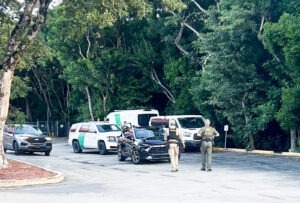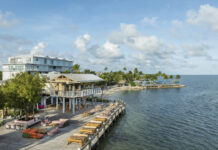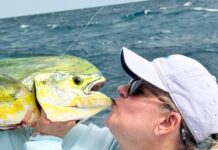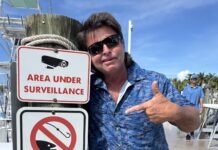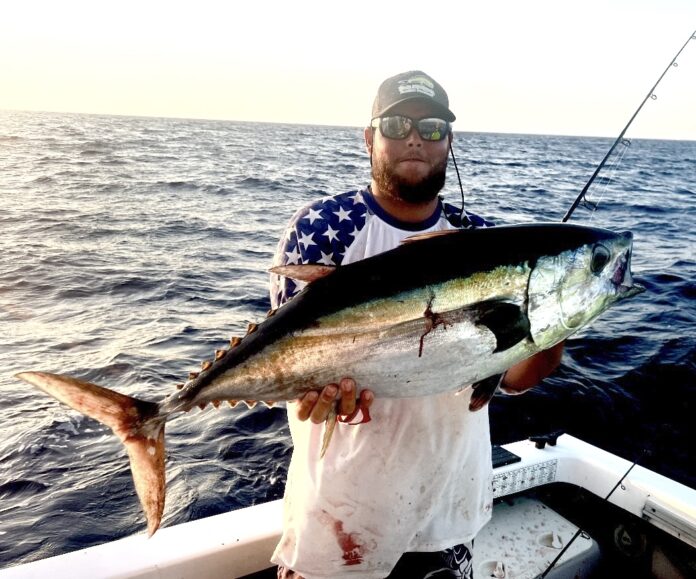
Some say fishing is a sport, and some say it’s an art. I think trolling is one of the fine arts of fishing.
There are many forms of trolling. It’s important to know when to troll, where to troll and what to troll for and with. I’m going to go over several trolling techniques in this article.
General trolling tips: The first rule in effective trolling is to make sure whatever bait you’re trolling behind the boat doesn’t get weeds on it. It’s very rare for any game fish to hit a trolling bait with even a speck of weeds. I’ve always thought it was funny that game fish won’t hit a bait with a weed on it, since many times when we open up their stomachs as we clean them we find weeds. Another thing to remember is that if you’re not getting a strike, try to slow down a little bit, speed up a little bit, cut to the left or right, change lures and check your rig and bait. And be patient; many times you have to put in the time and look for frigates, sea birds and floating objects to change your luck.

Trolling for mahi: Most avid mahi anglers would agree that a 6-knot troll is the appropriate speed for mahi. Keep in mind that sometimes the current is in your face and sometimes the current is at your back, so it’s important to know the current speed in order to adjust your trolling speed – for example, if the current is going 3 knots from your back, then then your speed should be adjusted to 9 knots. When trolling a rigged ballyhoo, it’s important for your ballyhoo to both slither and hop behind the boat. If your ballyhoo is only slithering, you’re going too slow, and if your ballyhoo is only hopping, you’re going too fast.
Trolling for wahoo: If you are high-speed trolling for a wahoo – using an in-line weight with a plastic skirted tormentor lure, for example – you should be going between 11 and 14 knots. If you’re low-speed trolling for wahoo – with a nomad lure, for example – your ideal speed is between 6 and 8 knots. Whether you’re high-speed trolling or low-speed trolling for a wahoo, I like to have my long line at least 150 to 200 yards behind the boat. Remember, wahoo hit with such velocity that it’s important to keep your drag as loose as possible during the troll. It’s easy to tighten your drag during the fight, but it’s almost impossible to loosen your drag in time to save the fish.
Trolling for grouper: Depending on the depth of water that you’re trolling, you could use a Stretch 20, Stretch 30 or Stretch 40 lure. Some people even troll for grouper using a planer. My favorite speed while trolling for grouper is 3 knots. I like to keep my trolling line as short as possible, but long enough to get near the bottom where grouper dwell. I like to set my drag a little tighter when trolling for grouper so that when the grouper hits we can immediately pull it away from the rocks and reef after the strike. A grouper’s mouth is much stronger than a pelagic species’ mouth, so I’m not as worried about pulling the hook on a grouper.

Trolling for pelagic species like kingfish and billfish: I like to bump troll for pelagics using live ballyhoo or large live pilchards. Since you’re bump trolling and using live bait that are able to swim left or right, it’s important to have one line long (100 to 150 yards) and have another line short (50 to 75 yards). By having one line long and one line short, you’re able to make sharp turns without worrying about your baits swimming into each other and tangling up the lines. Also, if a pelagic hits your short line and misses the bait or misses the hook, you always have a long line past your short line to give the fish another shot at the title.
Trolling for tuna: When we troll for tuna at the Marathon Humps, we like to troll long and slow, with the bait 200 yards back at 3 or 4 knots. Our favorite bait to troll for tuna at the Humps is black sand eels. When we see white tern birds in a big flock, we will chase the flock, slow down to 6 or 8 knots right as we catch up, and troll through the birds as best as possible.
To book a charter with Ana Banana, call or text Capt. Joel at 813-267-4401 or Capt. Jojo at 305-879-0564, or visit anabananafishing.com.





